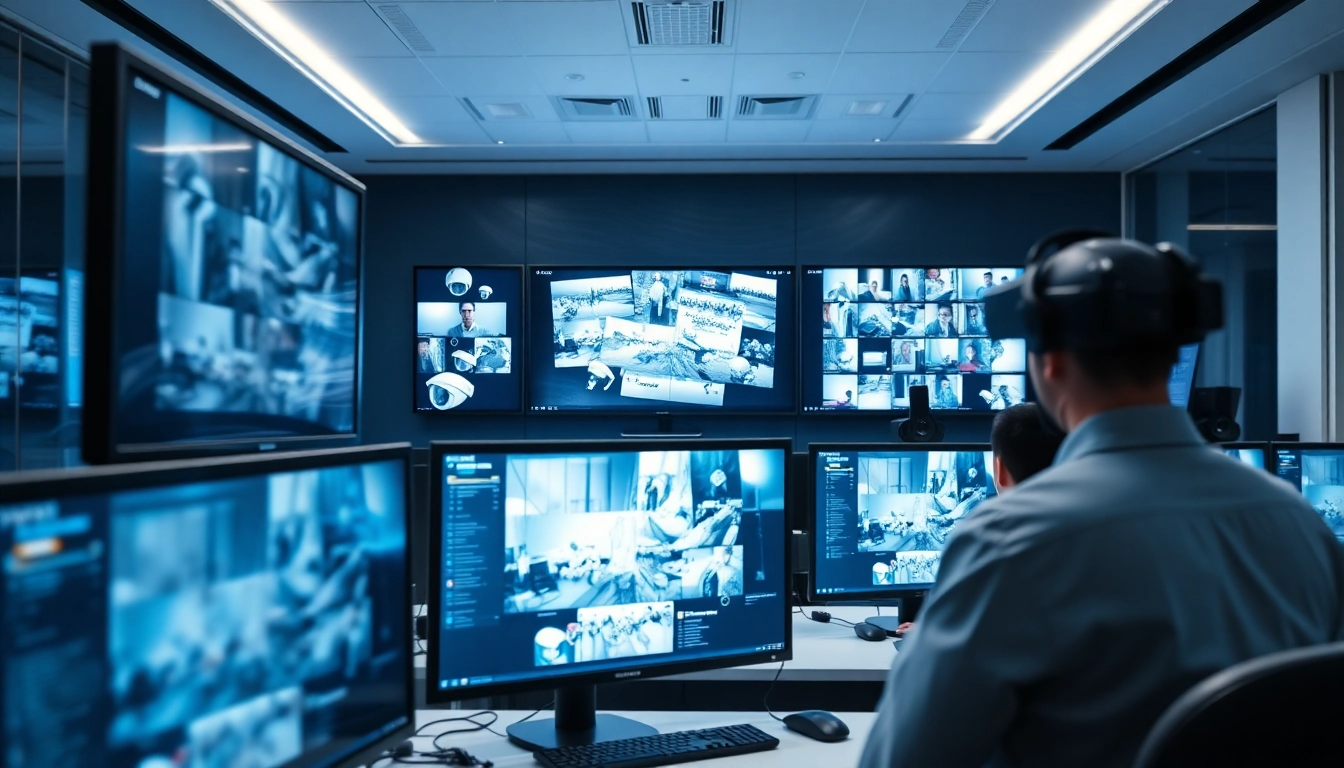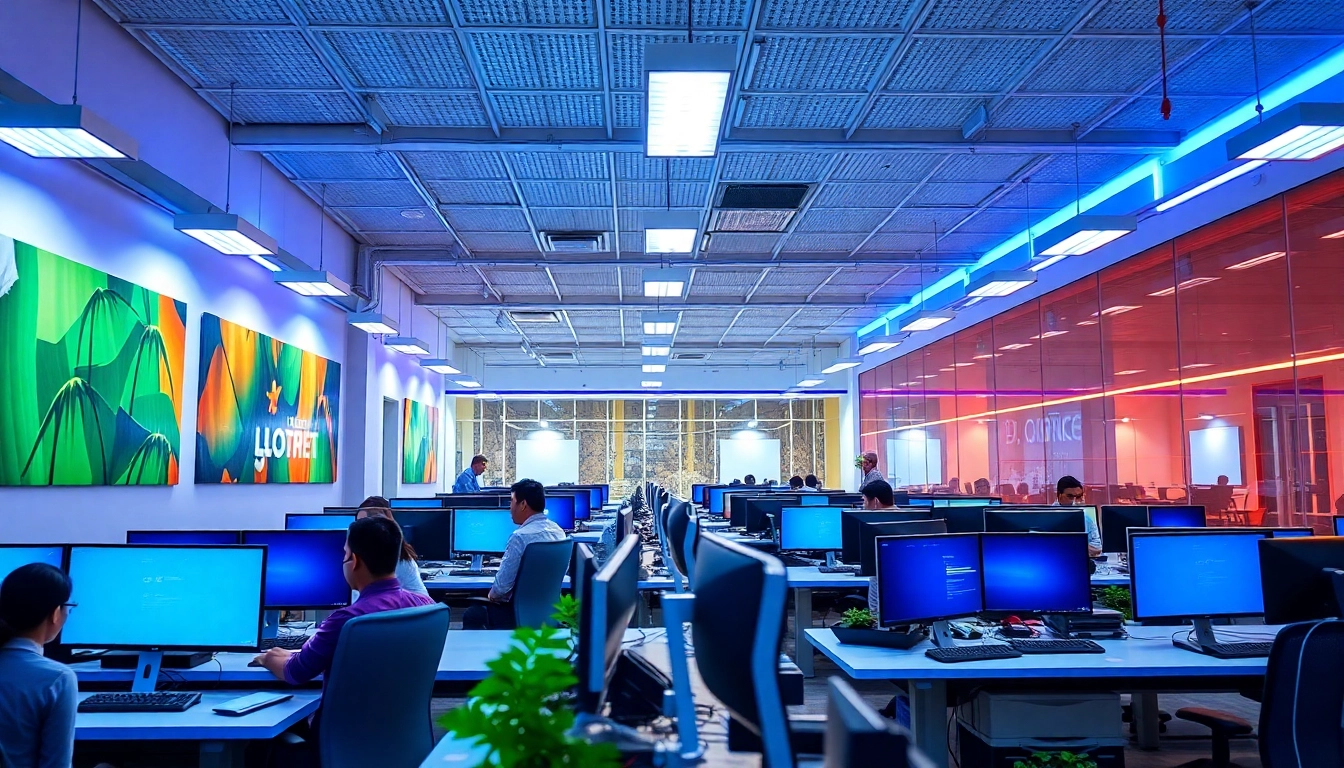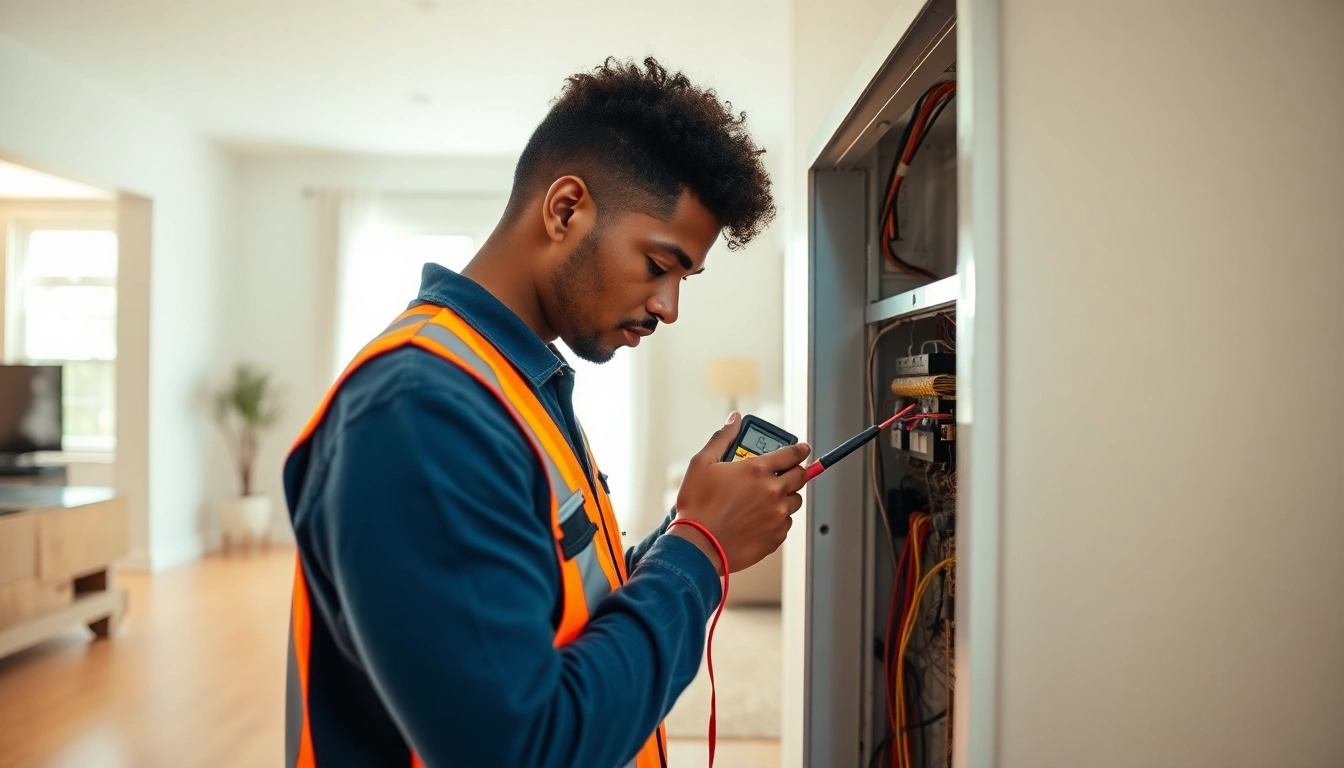The Fundamentals of CCTV & Remote Monitoring
In today’s world, where security concerns are at the forefront of many individuals and businesses, the implementation of CCTV & Remote Monitoring has become vital. These systems not only enhance security but also provide a sense of control and peace of mind. This article explores the core aspects of CCTV & Remote Monitoring, including their benefits, how they operate, and what components are essential for effective implementation. For those seeking to enhance their security measures, understanding these elements is crucial. Explore our services for CCTV & Remote Monitoring to see how we can assist you.
What is CCTV & Remote Monitoring?
CCTV (Closed-Circuit Television) systems encompass the use of video cameras that transmit signals to a specific, limited set of monitors. This enables real-time observation of a location. Remote monitoring, on the other hand, allows for these feeds to be sent to remote locations where trained professionals can monitor activity continuously. This means that, rather than solely relying on onsite personnel, businesses can ensure a higher level of surveillance through remote capabilities, providing not only live viewing of feeds but also the ability to review recorded footage when necessary.
Benefits of Implementing CCTV & Remote Monitoring
The implementation of CCTV & Remote Monitoring delivers numerous advantages:
- 24/7 Surveillance: Uninterrupted monitoring of property ensures any suspicious activity is detected promptly.
- Deterrence of Criminal Activity: The presence of visible cameras often discourages criminal acts.
- Remote Access: Authorized individuals can access live footage from anywhere, promoting ease of oversight.
- Documenting Events: Recorded footage serves as an invaluable resource for investigations and insurance claims.
- Integration with Other Security Systems: Seamless integration with alarms and access control systems for a cohesive security framework.
How CCTV & Remote Monitoring Systems Work
The operation of CCTV & Remote Monitoring Systems is grounded in several key components, including cameras, recorders, and monitoring interfaces. Cameras capture footage, which is then transmitted either in real-time or as recorded data. This video data is sent to a secure server or cloud storage where it can be accessed by security personnel. Furthermore, advanced systems may feature motion detectors that trigger alerts, allowing for swift responses to potential incidents.
Key Components of CCTV & Remote Monitoring
Types of CCTV Cameras Used in Remote Monitoring
There are various types of CCTV cameras, each serving different security needs:
- Dome Cameras: Offering a discreet appearance and wide-angle views, ideal for large areas.
- Bullet Cameras: Designed for long-distance viewing; these cameras are typically weatherproof.
- PTZ Cameras: Pan-Tilt-Zoom cameras can be remotely controlled to cover extensive areas dynamically.
- IP Cameras: These cameras transmit data over the internet, allowing for high-definition video and greater flexibility in remote monitoring.
Essential Features of Remote Monitoring Systems
Modern remote monitoring systems come equipped with a range of features designed to increase efficiency and security:
- Live Streaming: Provides security personnel with real-time footage access 24/7.
- Motion Detection: Utilizes algorithms to detect movement, triggering alerts and recording as needed.
- Two-Way Audio: Facilitates communication between security personnel and individuals on-site, improving response capabilities.
- Mobile Access: Enabling staff to check feeds on mobile devices for monitoring on-the-go.
Understanding Data Storage and Access
Data storage solutions for CCTV footage are diverse, ranging from local storage on DVRs to cloud-based systems. Local storage, while generally more secure from internet-based attacks, can be vulnerable to theft or damage. Cloud storage solutions offer scalable, remote access but raise concerns regarding data privacy and cybersecurity. An effective approach often involves using both methods, ensuring recorded footage is safe, accessible, and easy to retrieve when necessary.
Choosing the Right CCTV & Remote Monitoring Provider
Factors to Consider When Selecting a Provider
Selecting the right provider for CCTV & Remote Monitoring is essential for successful implementation. Key factors to evaluate include:
- Reputation: Assess the provider’s reputation through customer reviews and testimonials.
- Experience: Look for providers with a history of successful installations and a knowledgeable team.
- Technical Support: Ensure that ongoing support and maintenance services are available.
- Customization: The ability to tailor systems based on specific needs is crucial for achieving optimal security.
Cost Analysis: What to Expect
The cost of implementing CCTV & Remote Monitoring systems can vary significantly based on factors like the number and type of cameras, installation fees, and any additional features included. Businesses should prepare a budget that encompasses all facets of the installation process, maintenance, and potential upgrades in the future. Comparing quotes from multiple providers can help identify a solution that offers the best value without compromising quality.
Customer Support and Service Reliability
Reliable customer support can make a substantial difference in how effectively a CCTV system operates over time. It is advisable to choose a provider that offers comprehensive training for users, as well as ongoing support after installation. Understanding the provider’s service level agreements is also critical to ensure timely assistance in case of system malfunctions or inquiries.
Best Practices for CCTV & Remote Monitoring Usage
Regular Maintenance and System Updates
Just like any technological system, routine maintenance and updates are essential for CCTV & Remote Monitoring systems. Regular checks can ensure equipment is functioning correctly, while updates can protect against security vulnerabilities. Scheduling periodic inspections and using monitoring software that prompts updates can assist in maintaining system efficacy and security.
Integrating CCTV & Remote Monitoring into Security Protocols
To maximize the effectiveness of CCTV & Remote Monitoring, integration with existing security protocols is crucial. This includes aligning monitoring efforts with incident response strategies and ensuring that all members of a security team understand their roles during an incident. A well-documented security policy outlining procedures for utilizing video feeds during emergencies can enhance overall effectiveness.
Training Staff for Optimal Use
Ensuring that staff are trained to utilize CCTV & Remote Monitoring systems effectively is paramount. Training programs should cover how to operate the systems, recognize suspicious activity, and respond appropriately. Proper training reduces the likelihood of human error and ensures that employees feel confident using systems to enhance security.
Future Trends in CCTV & Remote Monitoring
The Role of AI and Automation
The introduction of artificial intelligence in CCTV & Remote Monitoring is rapidly transforming the landscape of security. AI can analyze video feeds in real time, allowing for advanced capabilities such as facial recognition and automatic threat detection. This reduces the burden on human monitors and enables quicker responses to potential security breaches.
Emerging Technologies in Surveillance
Innovative technologies, including enhanced night vision, thermal imaging, and integration with Internet of Things (IoT) devices, are expanding the capabilities of CCTV & Remote Monitoring systems. These advancements are improving the effectiveness of surveillance and providing security professionals with the tools needed to respond to complex scenarios effectively.
Regulatory Considerations in CCTV & Remote Monitoring
The legal landscape surrounding CCTV & Remote Monitoring is continually evolving. As technology advances, new regulations are enacted to protect privacy while allowing for necessary surveillance. Organizations must stay informed about local laws regarding camera placement, data retention policies, and any obligations to inform individuals about surveillance in their vicinity. Compliance with regulations not only promotes ethical practices but also protects organizations from potential legal repercussions.



